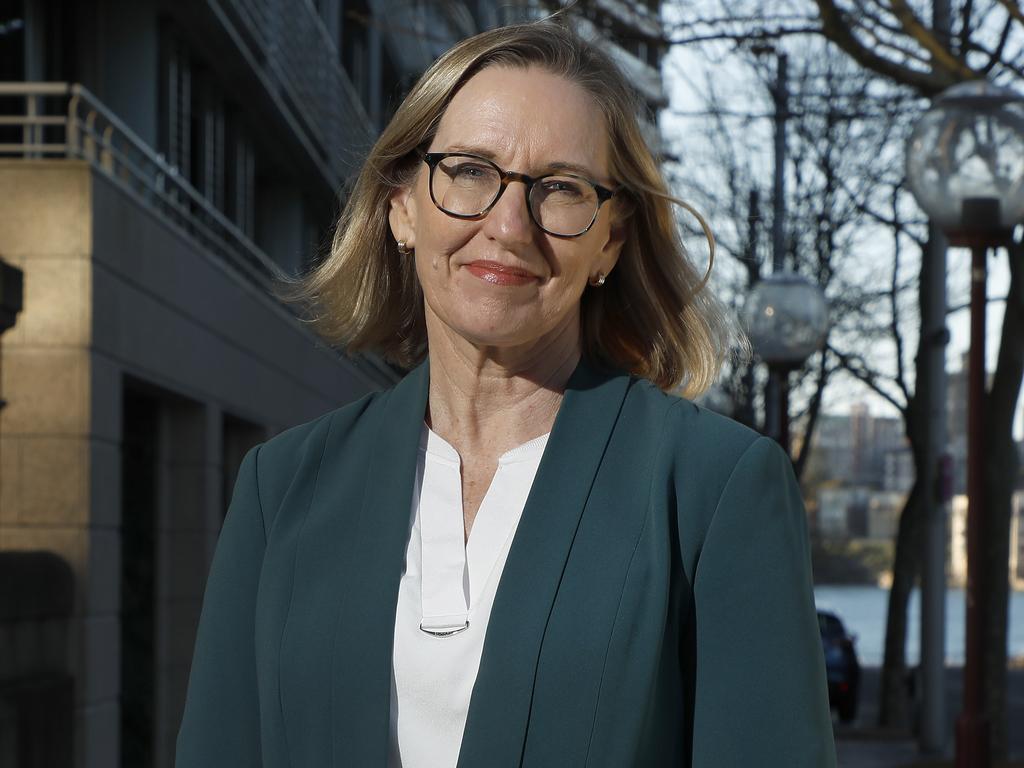Coronavirus: More than 400 unaccompanied Australian children stranded overseas
There are nearly 40,000 Australians stranded overseas of which 4,569 are considered vulnerable, a senate committee has heard.

There are nearly 40,000 Australians stranded overseas of which 4,569 are considered vulnerable and more than 400 are children, a senate committee scrutinising the government’s response to the Covid-19 pandemic has heard, with the majority of people stuck in India and the UK.
Deputy secretary of the Department of Foreign Affairs, Tony Sheehan, told the committee on Friday there were 38,523 Australians registered with the department as seeking to return home.
The number of foreign arrivals was halved to 3034 a week earlier this month over a spike in Delta cases.
In India there are 10,268 Australians registered and in the UK, 6,405. In the US 2440 Australians have lodged their desire to return home and in Thailand 1078. DFAT also has 1018 Australians listed in Pakistan and another 994 in the Philippines.
Mr Sheehan revealed that 438 unaccompanied minors were still stranded overseas and 6,039 Australians had expressed a wish to only come back from September of this year.
As the Morrison government comes under pressure to build dedicated quarantine facilities to supplement the hotel system, Tasmanian Senator Jacqui Lambie asked whether Christmas Island could be used to house returning Australians.
Alison Frame, a deputy secretary at the Department of the Prime Minister and Cabinet, said officials had looked at Christmas Island as an option, however the facility did not meet the national criteria of being close to an international airport or a tertiary hospital.
Senator Lambie asked why it was “good enough to put refugees over there for years on end … but you can’t bring our own travellers back”, to which Ms Frame replied that those suffering from Covid-19 would need access to better medical services than were available on the island.
“The specific medical needs of people who come back at higher risk of having Covid require additional considerations about proximity to a tertiary hospital,” she said.
The committee also heard that while there were only 1,279 people accommodated at the Howard Springs quarantine facility in the Northern Territory that number was likely to ramp up in August due to an increase in repatriation flights.
Officials explained that while 2,000 was the absolute maximum capacity at Howard Springs, it was difficult to reach that level because the facility was divided into “neighbourhoods” that only held passengers from the same flight.
It was heard that about 360 members of the Australian Olympic team will quarantine at the Darwin facility after competing in Tokyo, but officials played down suggestions the athletes would displace those wishing to return home.
“No … and they are of course returning Australians,” Mr Sheehan said. “They were being discussed previously before other flights were organised, so I think the Northern Territory has done an excellent job of ensuring that the use of Howard Springs will be maximised through the period,” he said.
Pressed by Labor Senator Kristina Keneally about a March ministerial briefing document she had obtained that suggested a notional opening of the international borders on November 1, Australian Border Force boss Mike Pezzullo said that date was not set in stone.
He would not confirm if a new date had been set for reopening due to the “changing nature of the virus” and reiterated that Scott Morrison had since unveiled a four-phase pathway towards international travel. Mr Pezzullo said Australia was still in the first phase.
“Since the time of that publication, the decisions taken by the National cabinet in relation to the four phase or step approach...,” he said. “There are different components that step you out to a reopened border, very gradually.”
Mr Pezzullo said that while closing the border was a “relatively brute force operation”, reopening it was “more like a Swiss watch”.
Last month, the Prime Minister asked experts at the Doherty Institute, a Melbourne-based research hub on infectious diseases, to work on modelling to determine what level of vaccination Australia would need to “return to normal.” National Cabinet will discuss those figures on Friday.







To join the conversation, please log in. Don't have an account? Register
Join the conversation, you are commenting as Logout